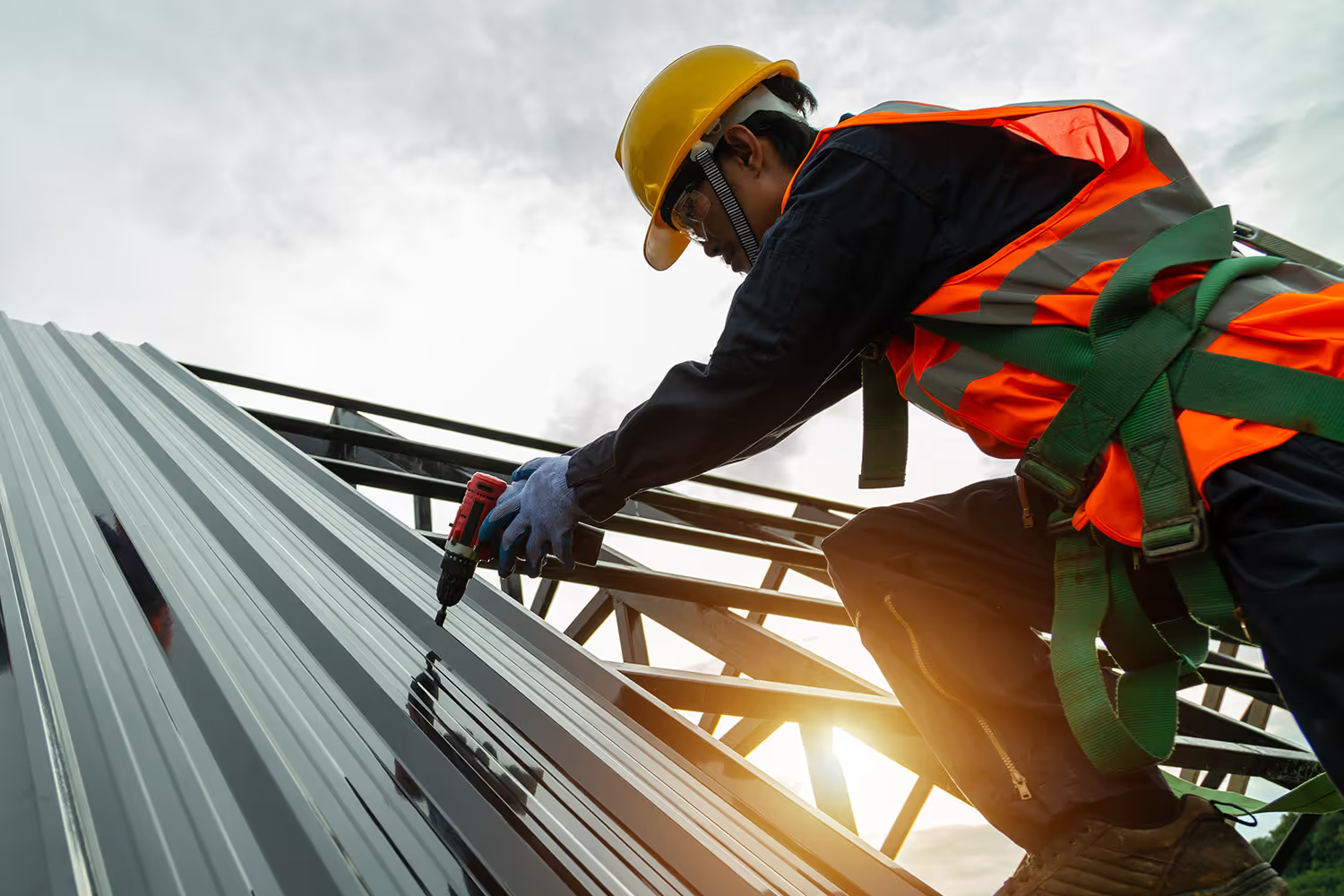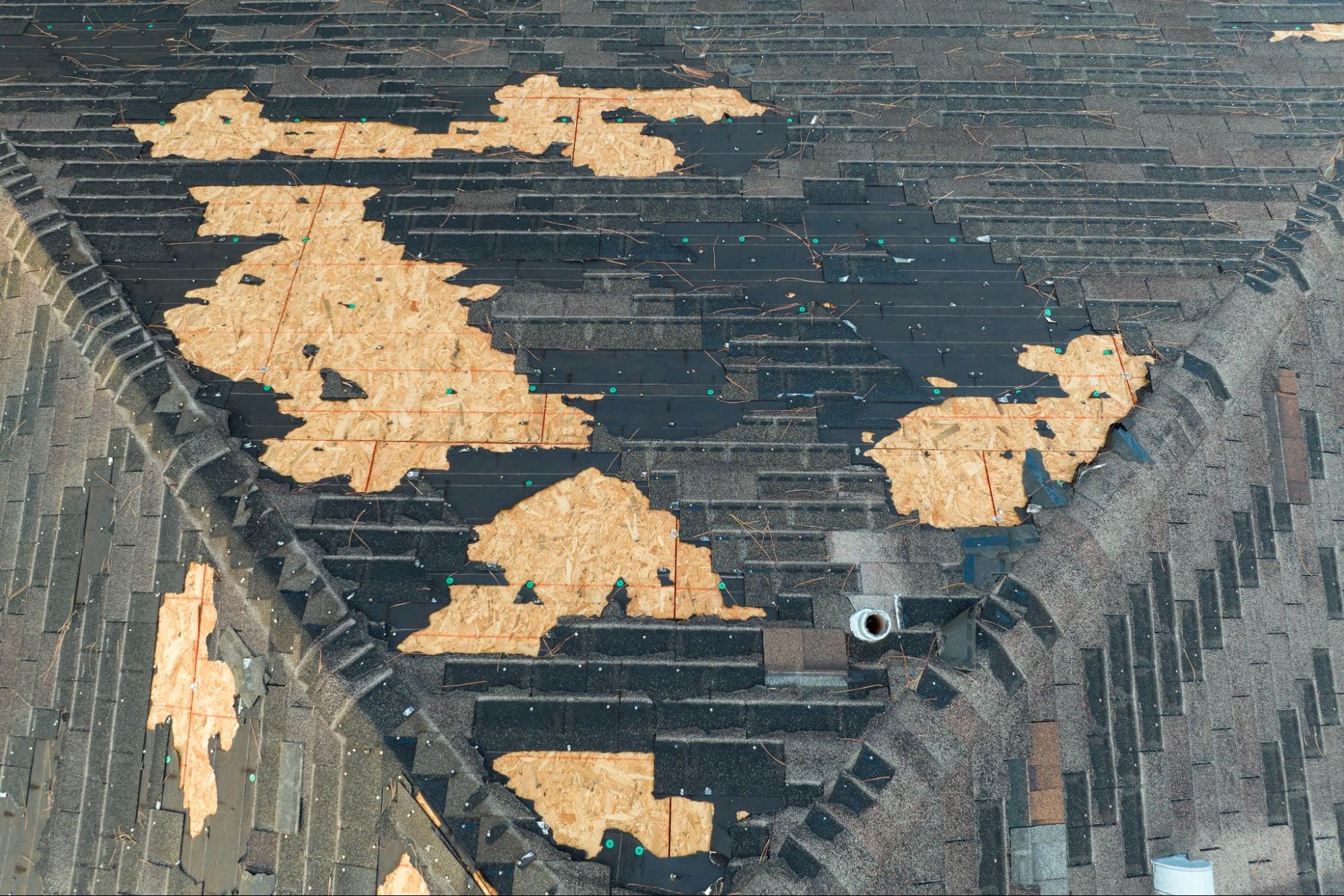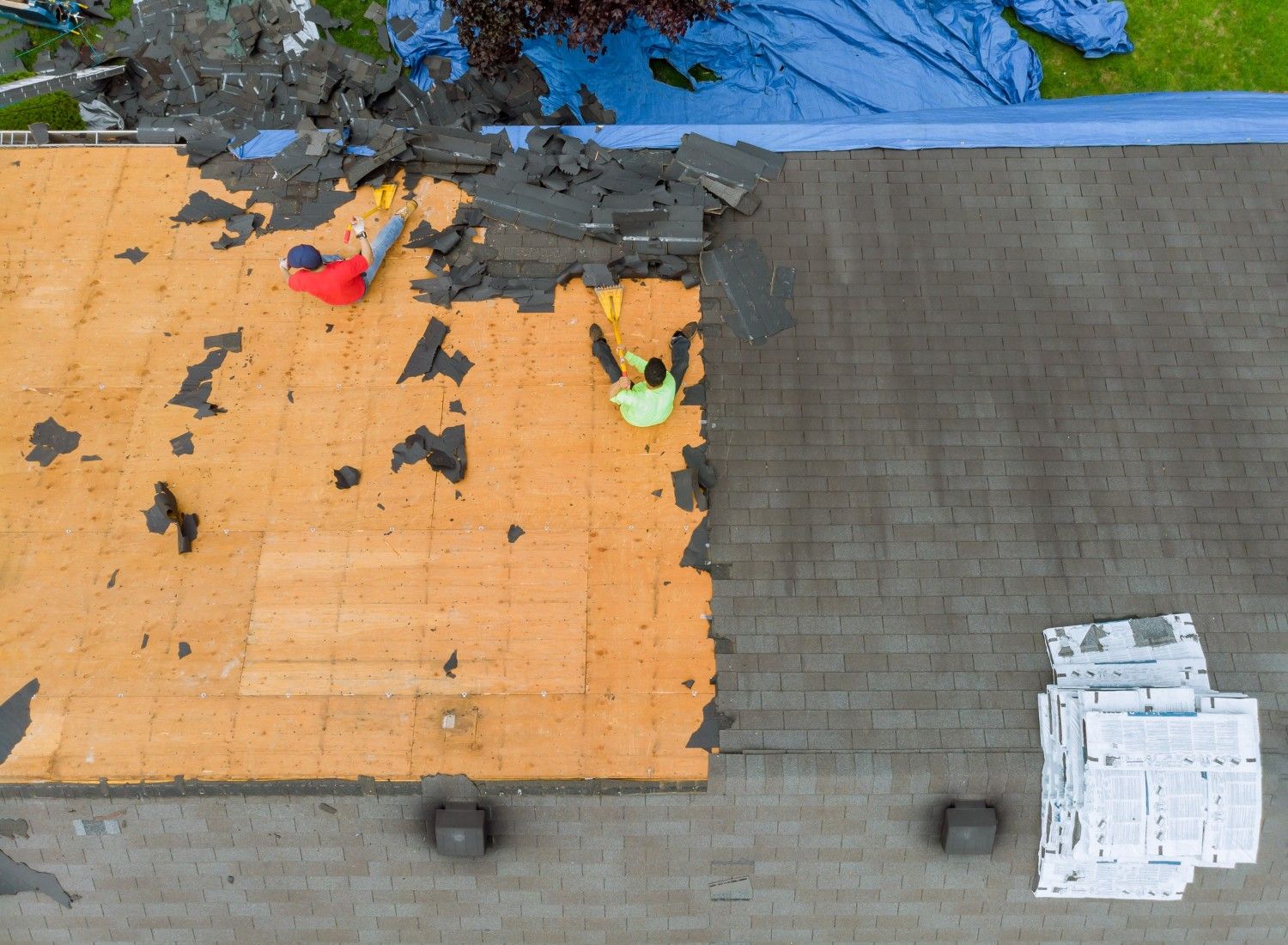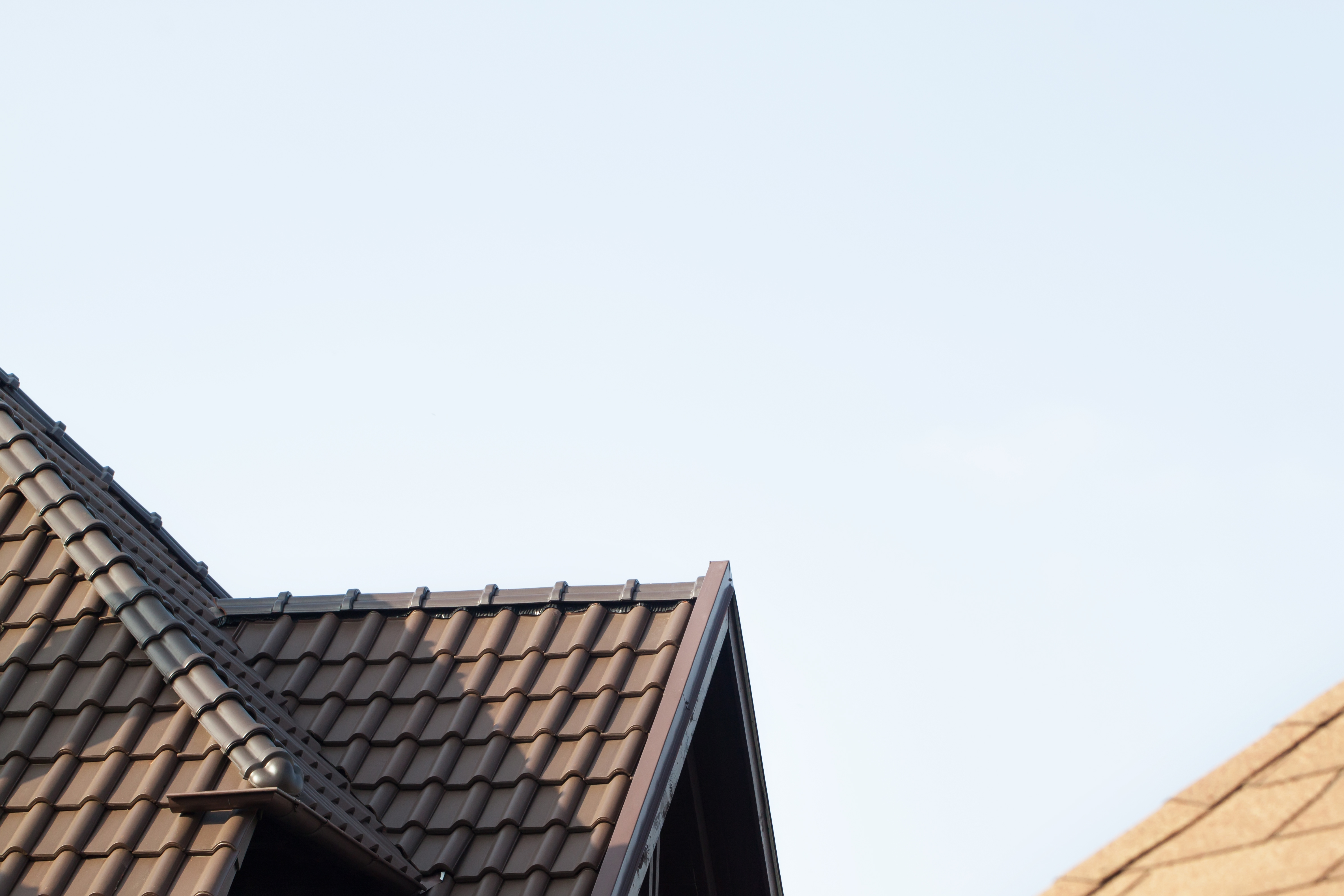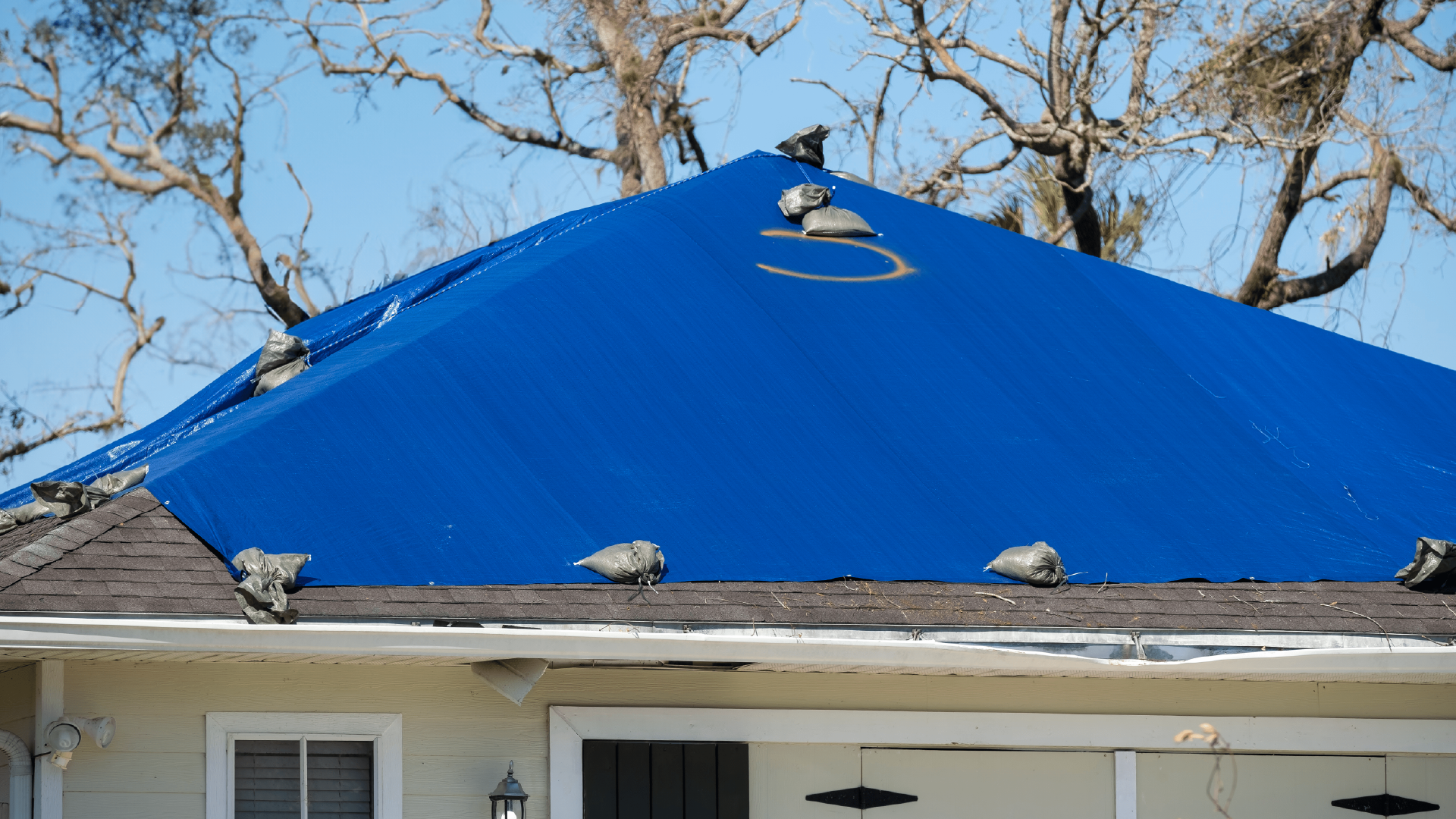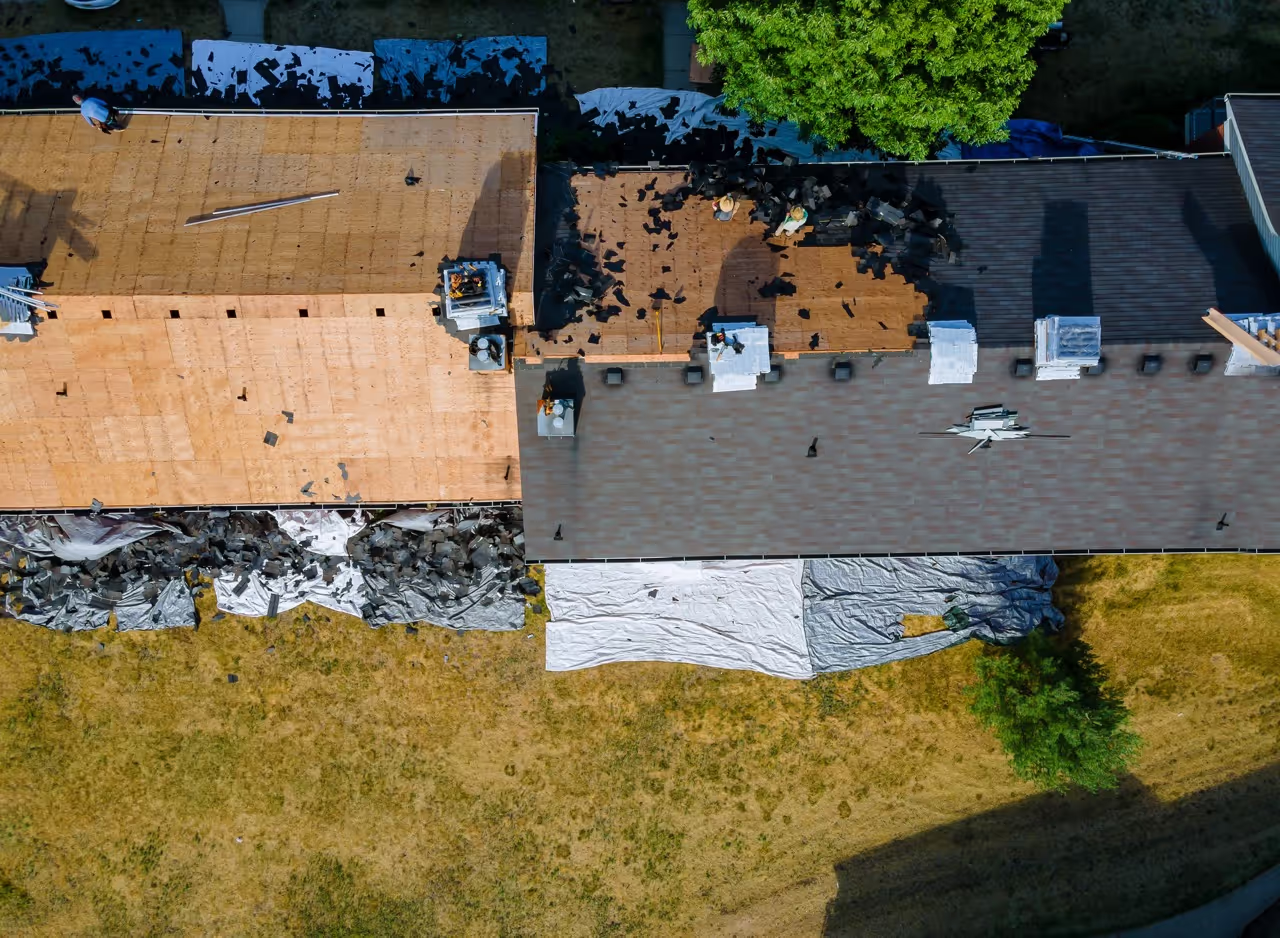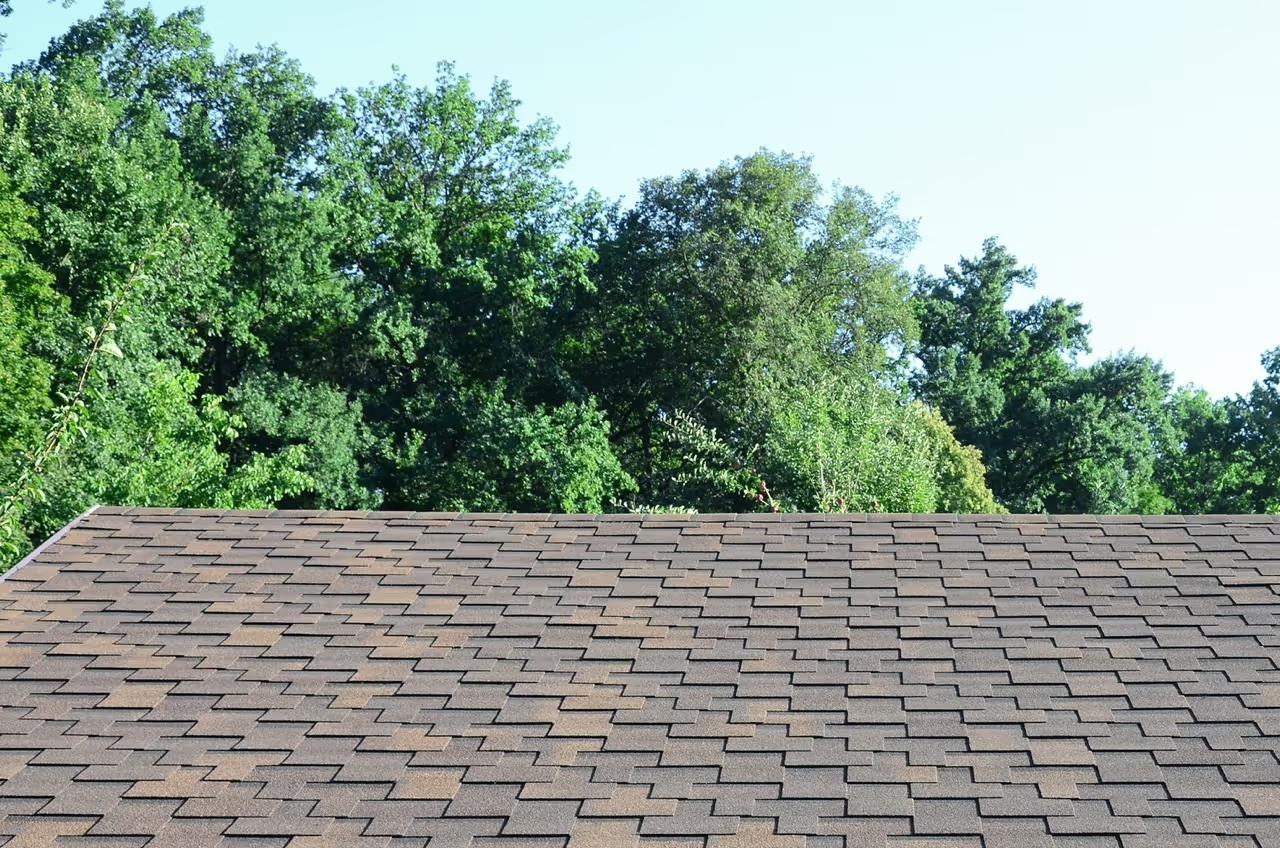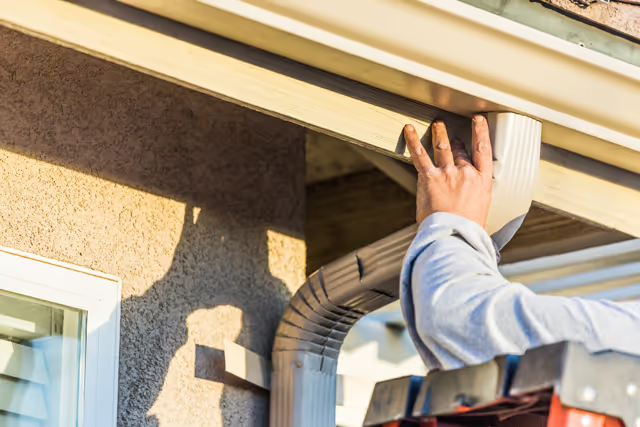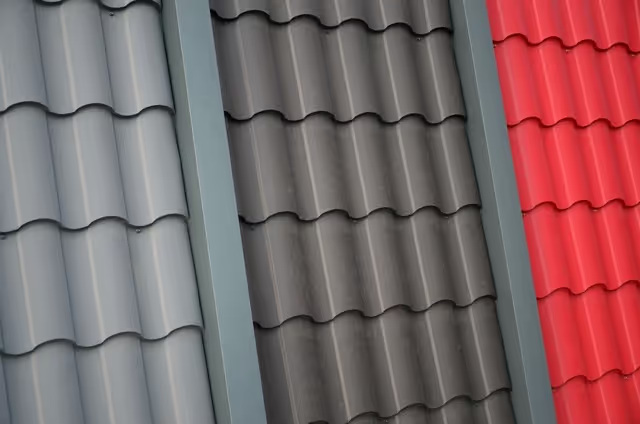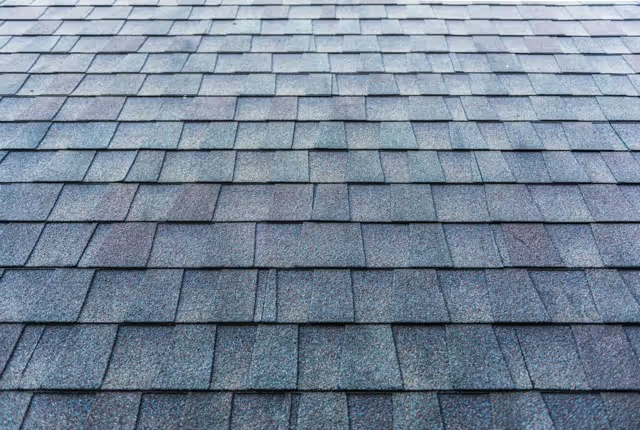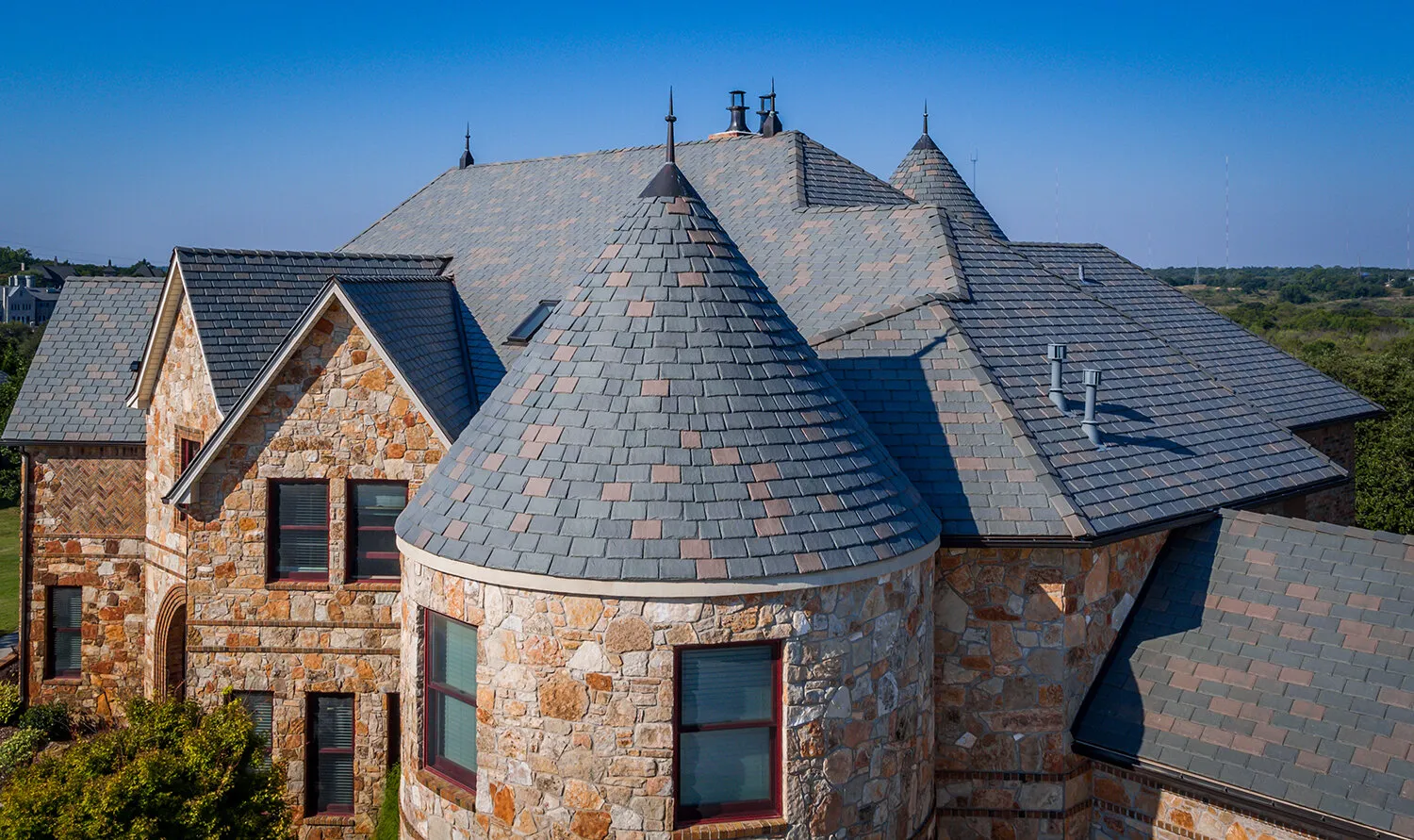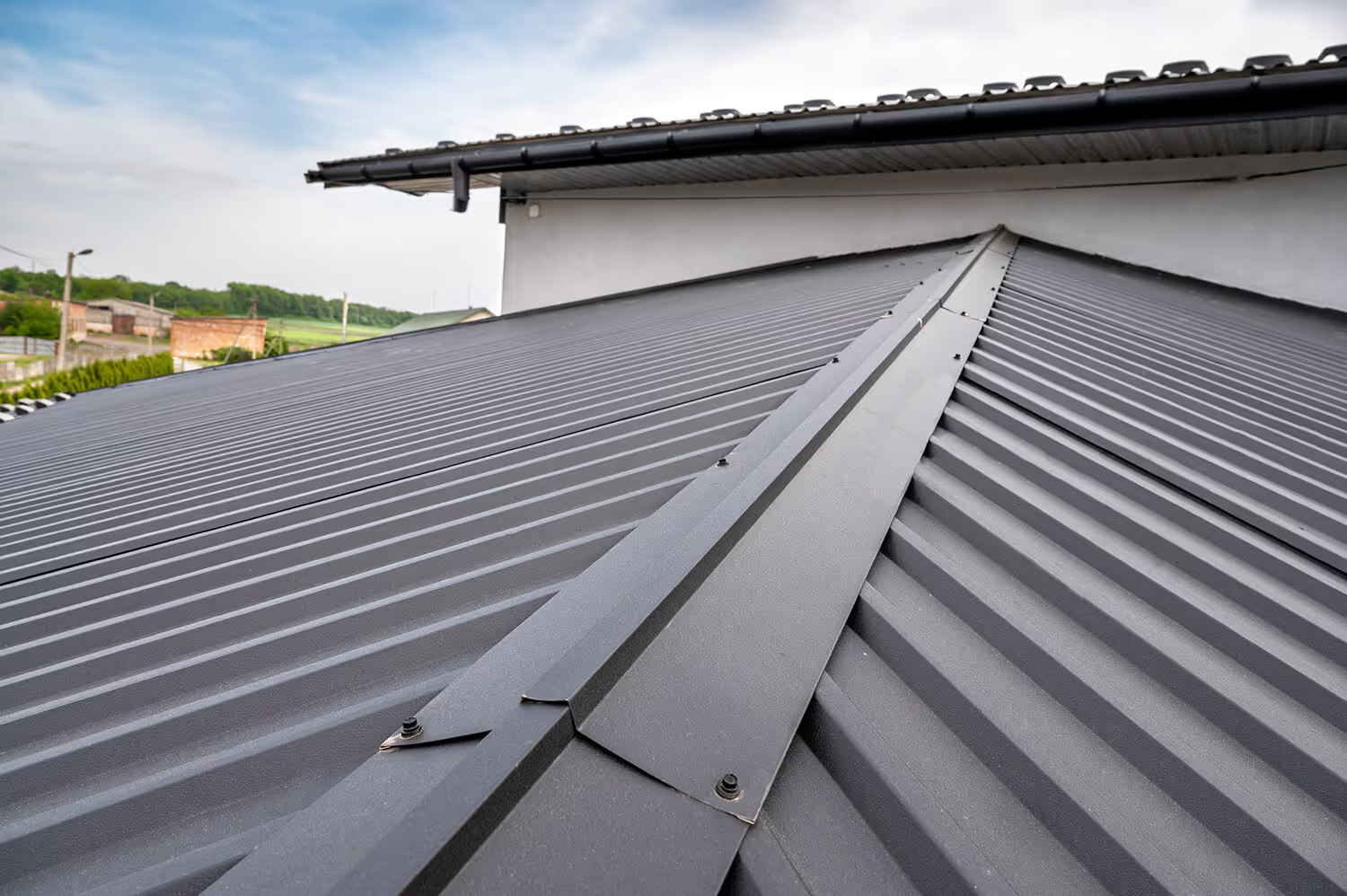What is TPO Roofing? Frequently Asked Questions
Getting a new roofing system for a flat roof can be overwhelming. If you’re thinking about getting TPO roofing, you may be curious about how it works.
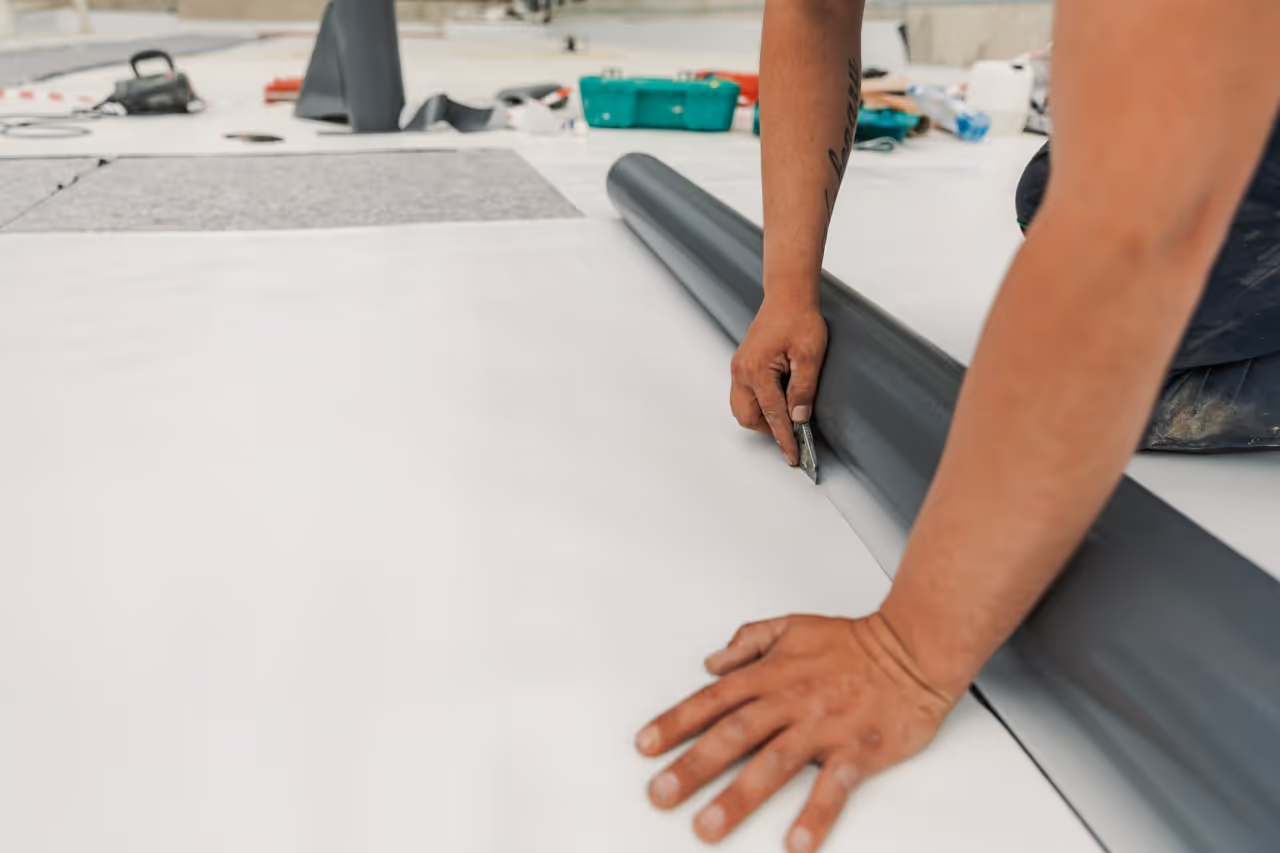
Getting a new roofing system for a flat roof can be overwhelming. If you’re thinking about getting TPO roofing, you may be curious about how it works, why it's beneficial, or what makes it a popular choice for flat roofs.
In this post, we’ll answer the top 10 questions we get about TPO roofing, explain in better detail what it is, and look at factors that influence the cost of a TPO roofing system.
1. What is TPO Roofing?
TPO stands for thermoplastic Olefin. It’s a single-ply roofing membrane renowned for its durability, leak resistance, and energy efficiency. Composed of a blend of polypropylene and ethylene-propylene rubber, TPO is a relatively environmentally friendly roofing option with excellent durability and efficiency.
2. Why Choose TPO Roofing Over Other Options?
TPO roofing boasts a myriad of benefits over many other flat roofing products. It has excellent UV resistance, can help improve the energy efficiency of your building, and is relatively easy for your roofing company to install.
3. How Long Does TPO Roofing Last?
Typically, TPO roofing lasts about 20-30 years. Different brands of TPO roofing vary in quality, thickness, and durability. Depending on the brand you go with, the lifespan and required maintenance for your roof will vary.
4. Is TPO Roofing Suitable for My Building?
TPO roofing is very versatile. Most flat-roof buildings accommodate TPO roofing well. The type of building and flat roof you have will determine if your roof is compatible with TPO.
5. What Colors Are Available for TPO Roofing?
TPO typically comes in variations of white, black, and gray. Because TPO is known for its energy-efficient qualities, white tends to be the most common color. White is reflective and helps UV rays and heat bounce off of the roof, helping to keep your building cooler in hot weather while also insulating when it is cold outside.
6. How is TPO Roofing Installed?
TPO installation involves prepping the roof surface for installation, attaching the membrane to the roof, and seam welding to seal the roof from leaks or other issues. TPO requires specific equipment and expertise for installation and should always be installed by a professional roofing company.
7. Does TPO Require Maintenance?
TPO is relatively low maintenance in comparison to other roofing materials, but it does require some upkeep. Regular inspections and debris removal are key to keeping up with your TPO roof. Proactivity is the best way to prevent roofing issues in the long run.
8. Can TPO Withstand Harsh Weather?
In general, yes, it can. TPO is designed to stand up to extremely high and low temperatures, resist high winds, and hold up against precipitation and hail. It is also a very flexible material, meaning it expands and contracts with temperature changes without breaking. It is a great choice for diverse climates that experience a variety of weather conditions.
9. How Does TPO Make Buildings More Energy Efficient?
TPO contributes to energy efficiency in buildings because of how reflective it is. It not only reflects heat, but it also reflects UV rays to keep your building cooler in the warmer months. This can lead to cost savings on energy bills.
10. Is TPO Roofing Environmentally Friendly?
Yes. TPO roofing is recyclable and able to reduce energy consumption in buildings. TPO contributes to more sustainable building practices and is a more environmentally-conscious roofing option than some other materials.
TPO Cost Considerations
With any roofing system, the customizations and variables you choose will influence the cost of your roof. Here are a few things that can change the cost of your TPO roofing system.
Brand/Material
Not all TPO systems are created equal! TPO is one of the most cost-effective roofing options available, but different manufacturers use different processes and materials that can affect cost. They also come in different thicknesses, which can determine not only the cost but the longevity of your roof.
Adhesive/Adherence Options
Most roofing companies and contractors use one of three types of adhesion for TPO roofs. TPO can be attached using special adhesives, fasteners, or with a ballast system. The adhesion method preferred by your roofer will affect the cost. Specialized adhesives are the most durable option, but they can be more expensive.
Season of Installation
Typically, roofing companies are busiest during warm weather and following severe weather events like heavy rain, hail, snow, or tornadoes. During peak times like these, some companies may charge more to help manage demand. Avoiding busy periods for roofing companies may help you save on costs.
TPO Roofing FAQ’s - Conclusion
TPO Roofing is a modern, sustainable, and often cost-effective flat roofing option for many business and building owners. If you have a flat roof that needs repairing or replacement, consider a TPO system with Statewide Roofing!
We hope these FAQs helped you learn more about TPO roofing. If you have any questions, let us know on our contact page. Call us to get started on your flat roofing project, and check out our residential and commercial roofing solutions to discover the best roofing for your needs.
Recent News Posts
Let’s Get Started Today
Call Statewide Roofing for a free quote for all your roofing and home improvement needs. We specialize in all kinds of roofing systems for both commercial and residential buildings.
Let us know if you have any questions about us, our services, financing, repairs, or our process. Our team is here to answer any of your questions and get you the information you're looking for regarding any of your roofing needs. We're happy to help! For immediate assistance, give us a call to speak with one of our professionals and get started with Statewide.
.avif)
Roofing services
roofing financing options
Statewide Roofing offers roofing financing options to help our homeowners afford the cost of roof replacements and repairs. We are partnered with Service Finance Company, LLC. to offer these financing options.
